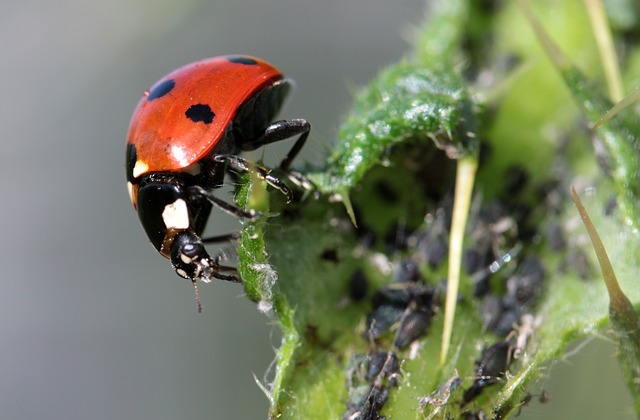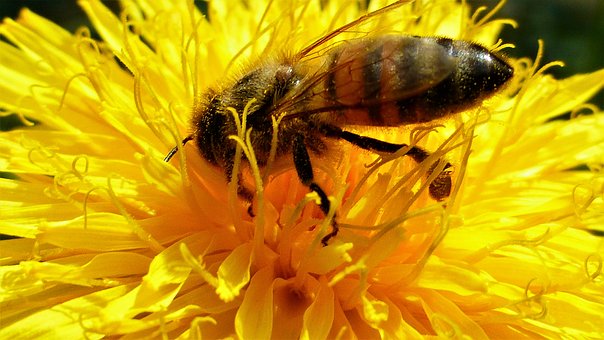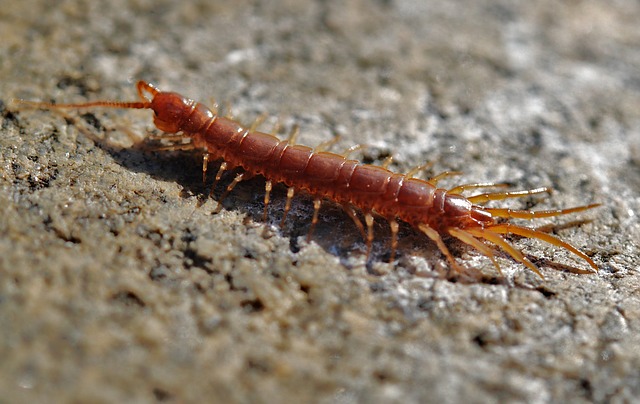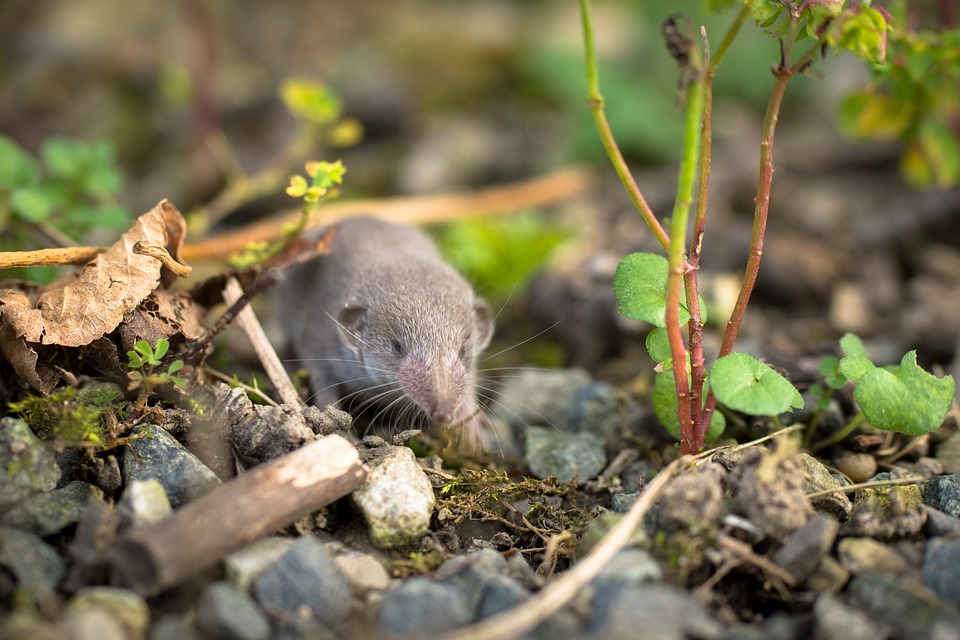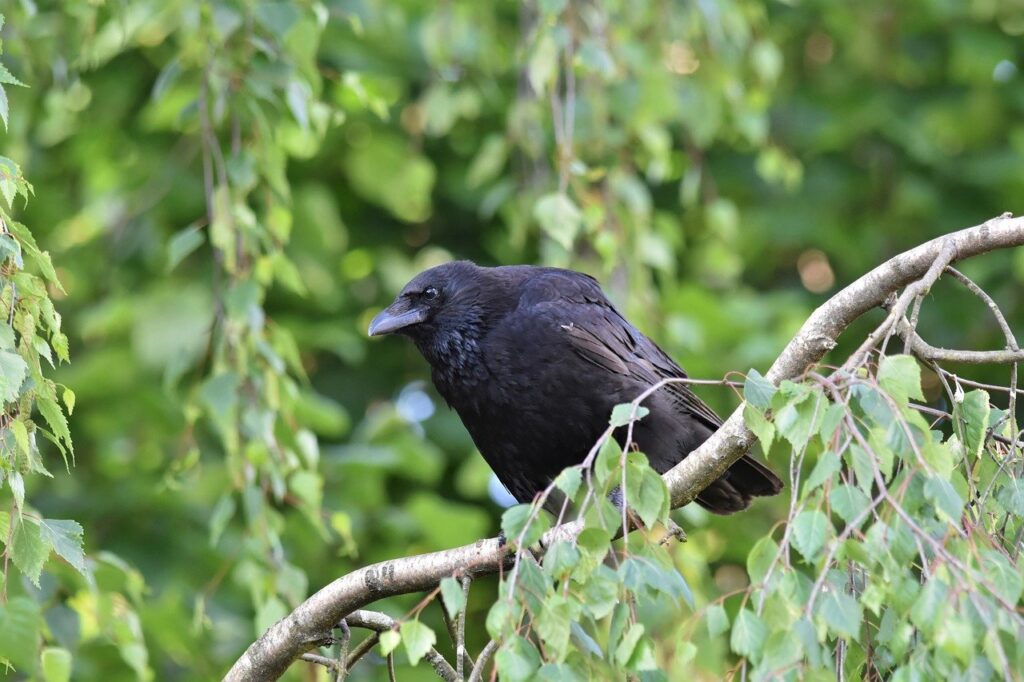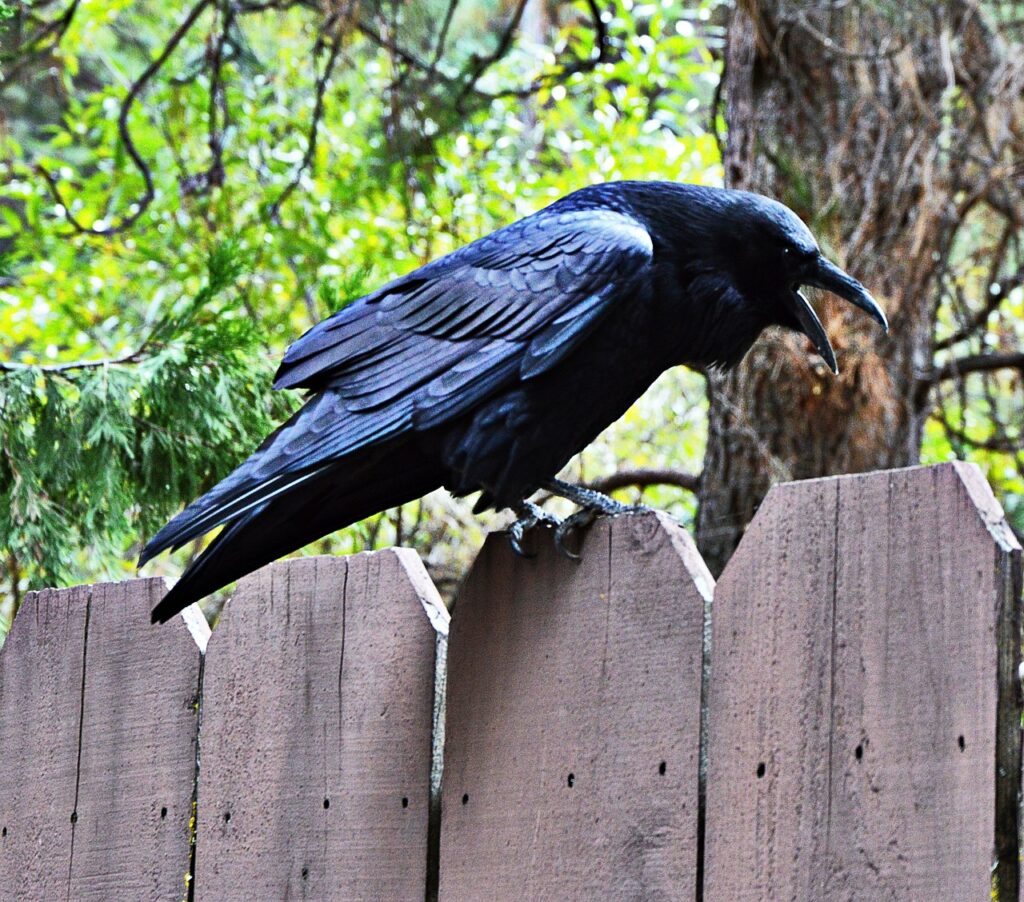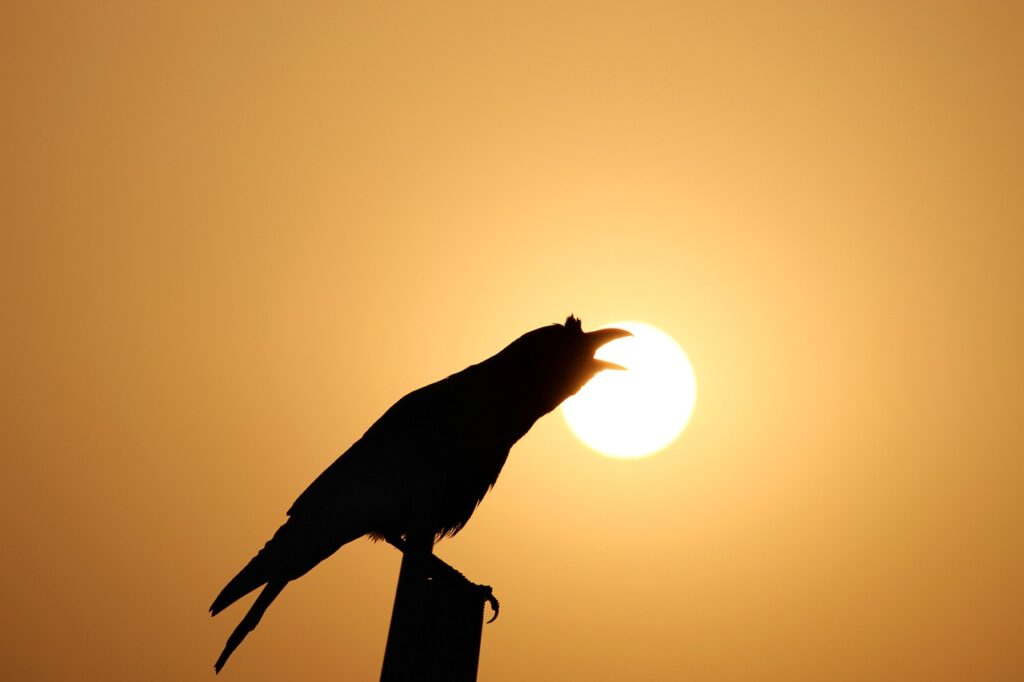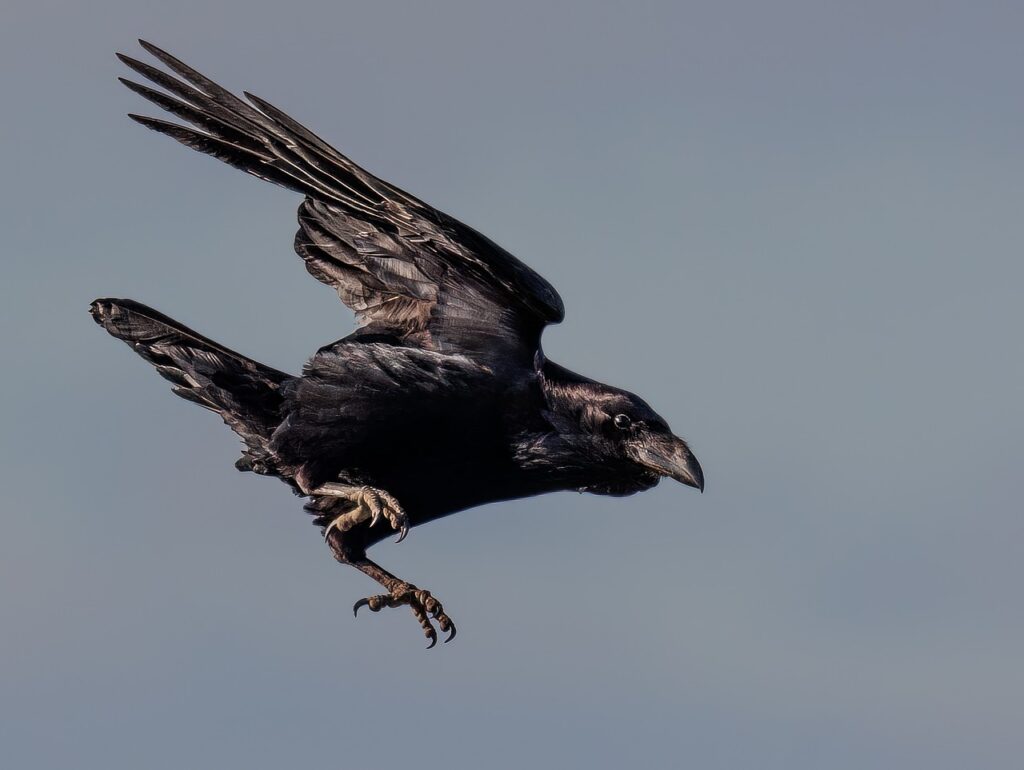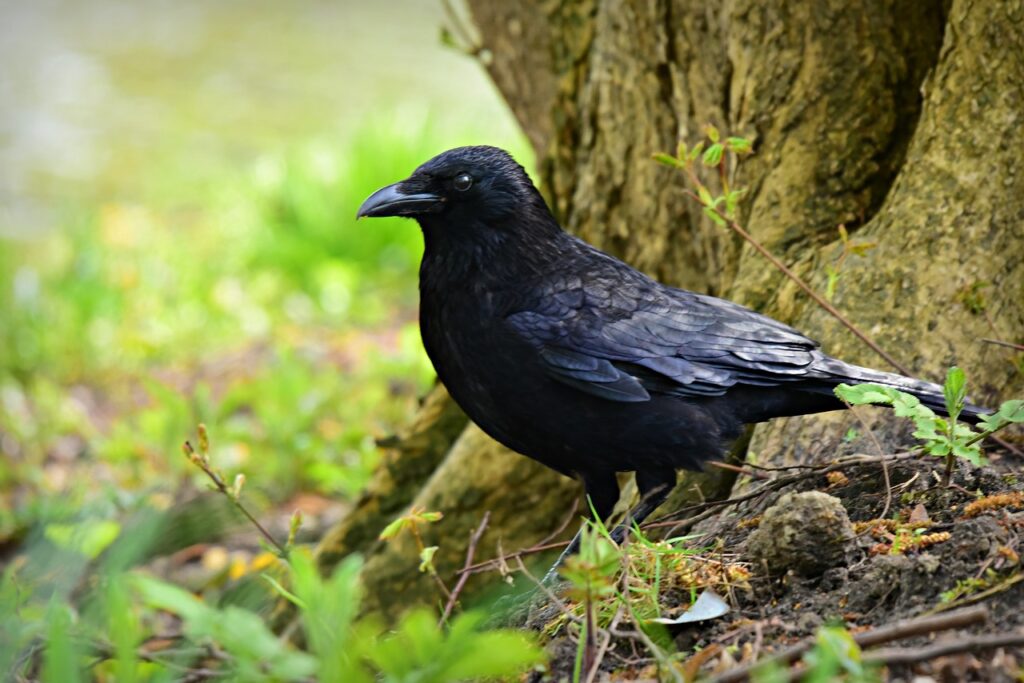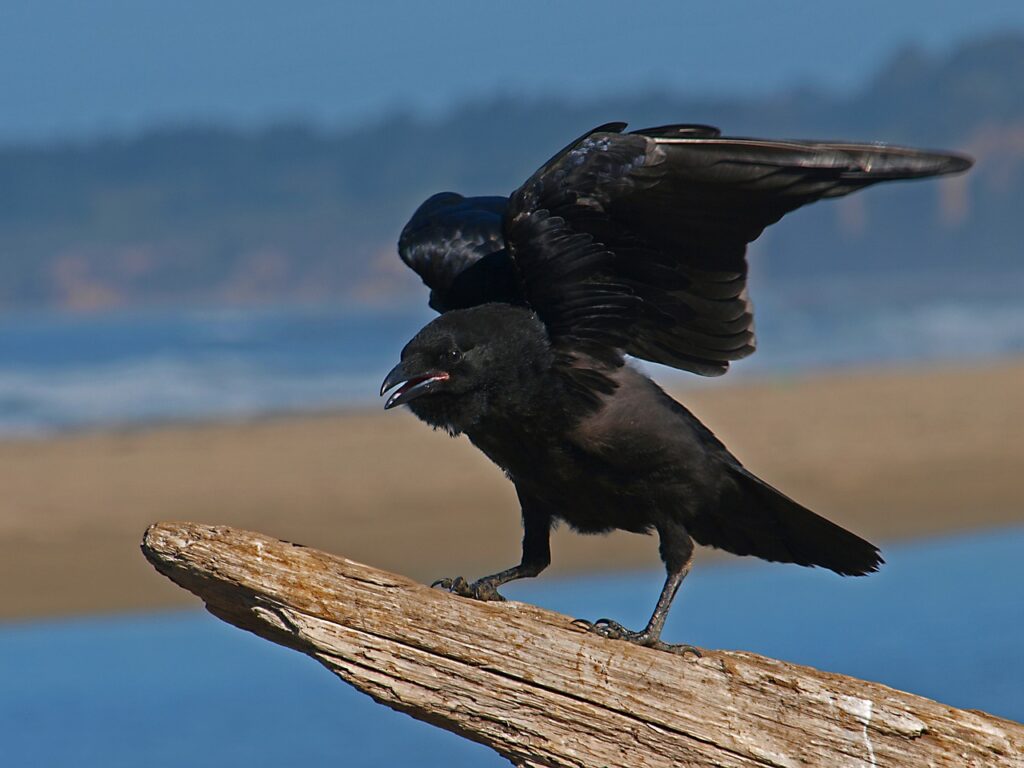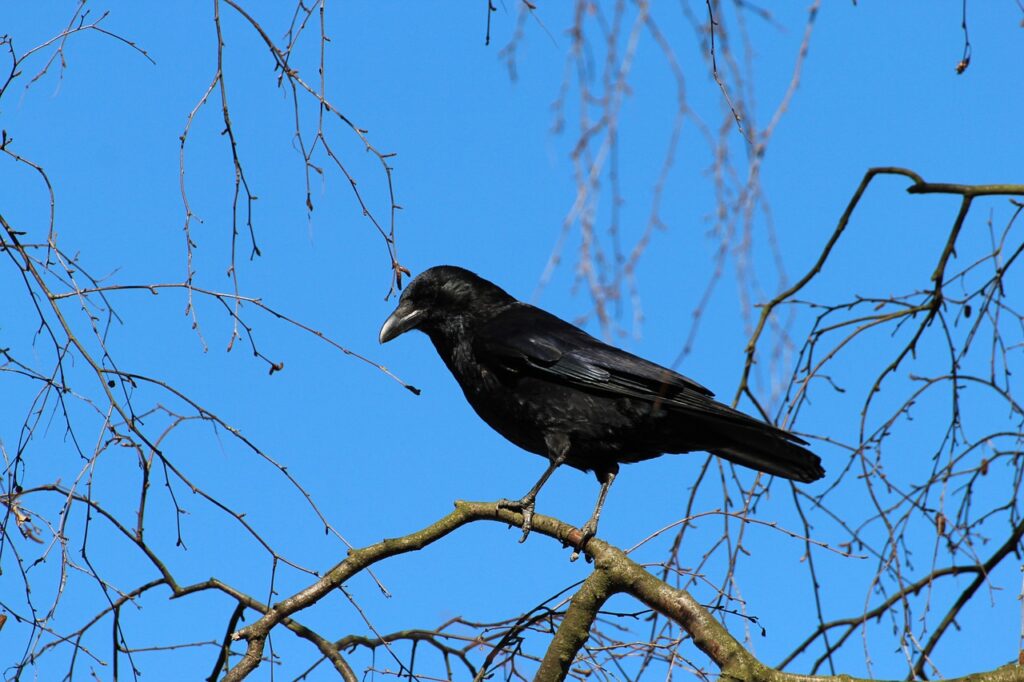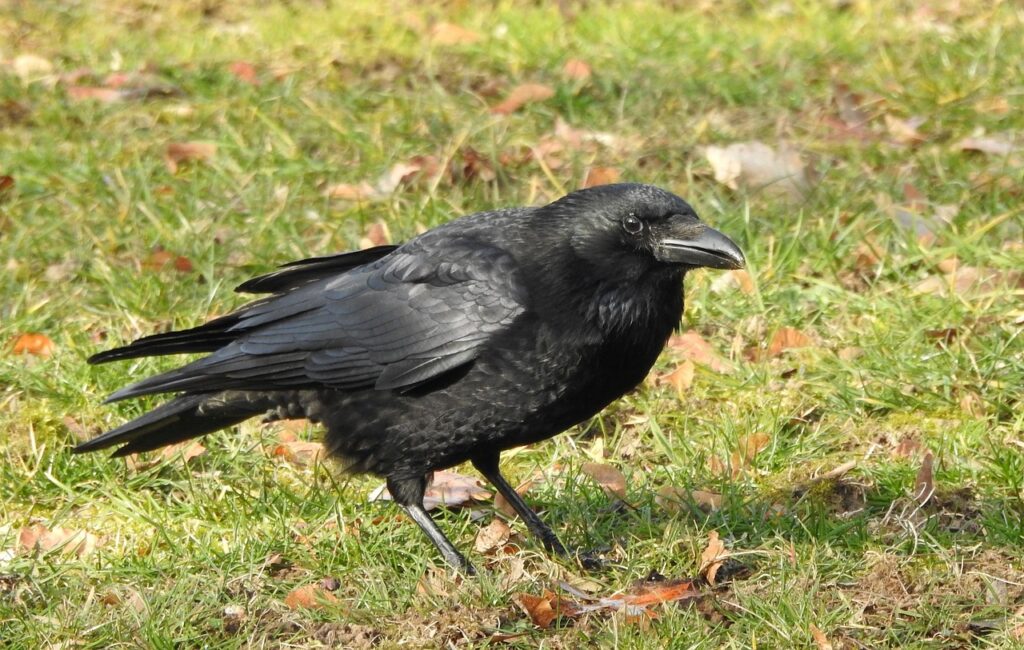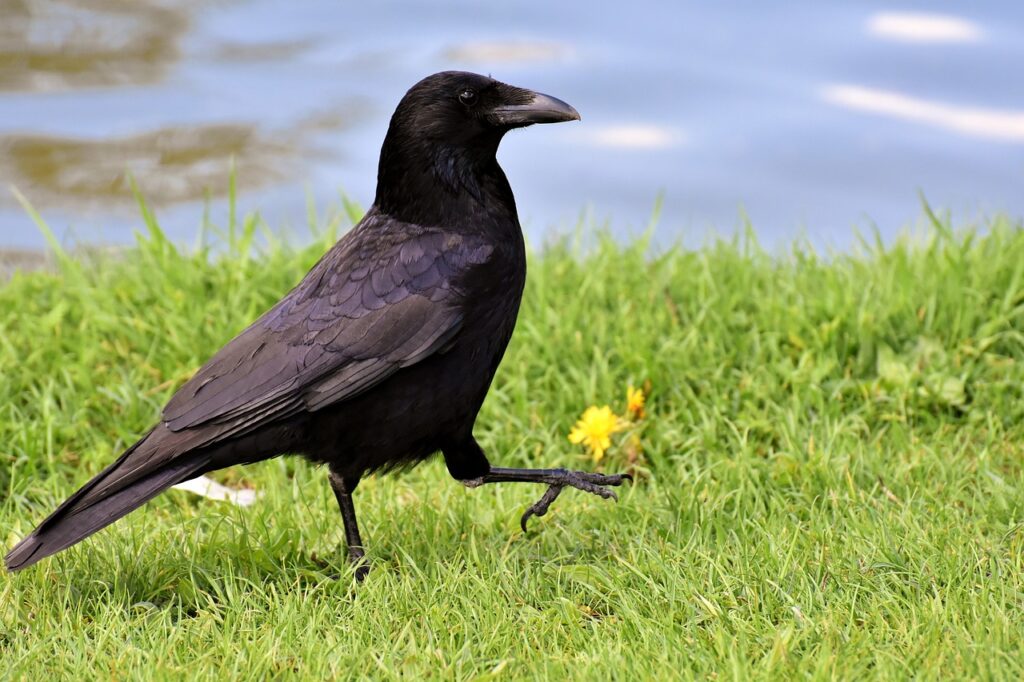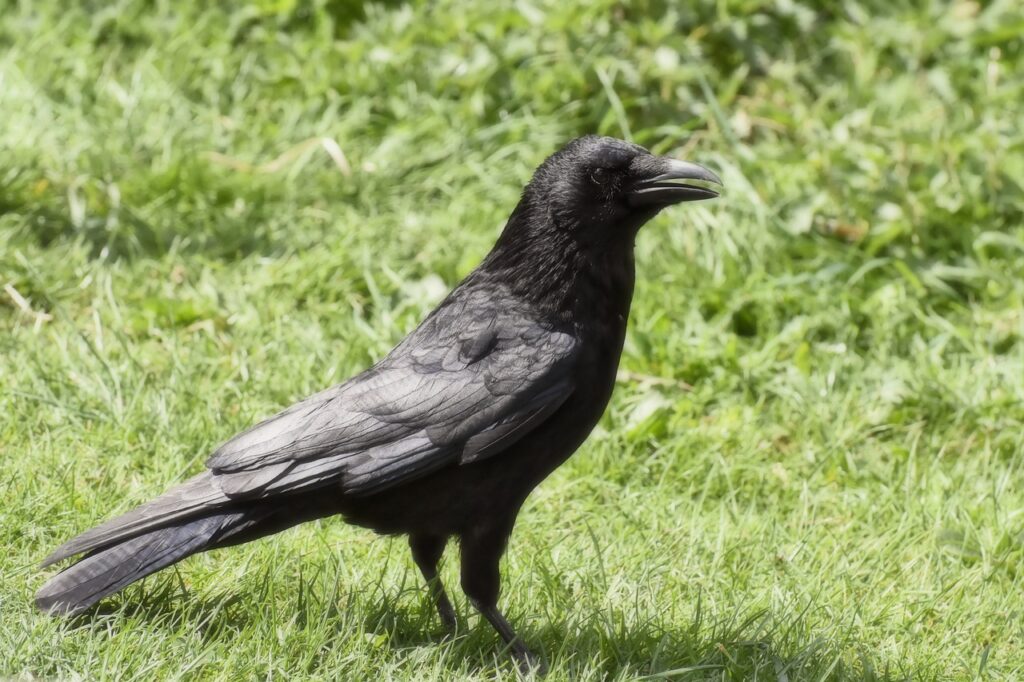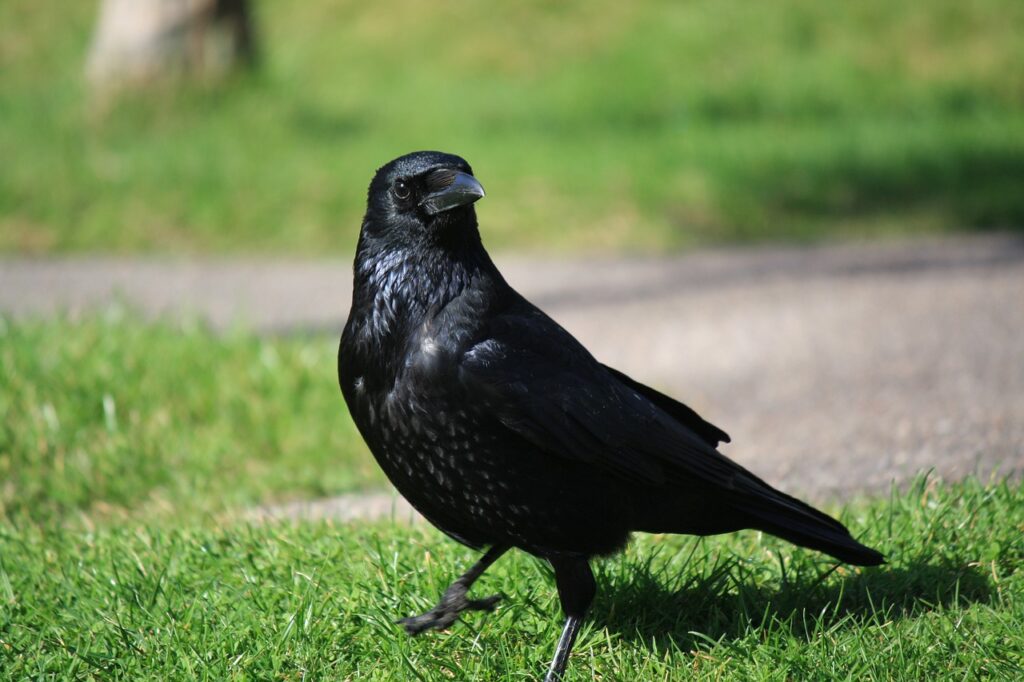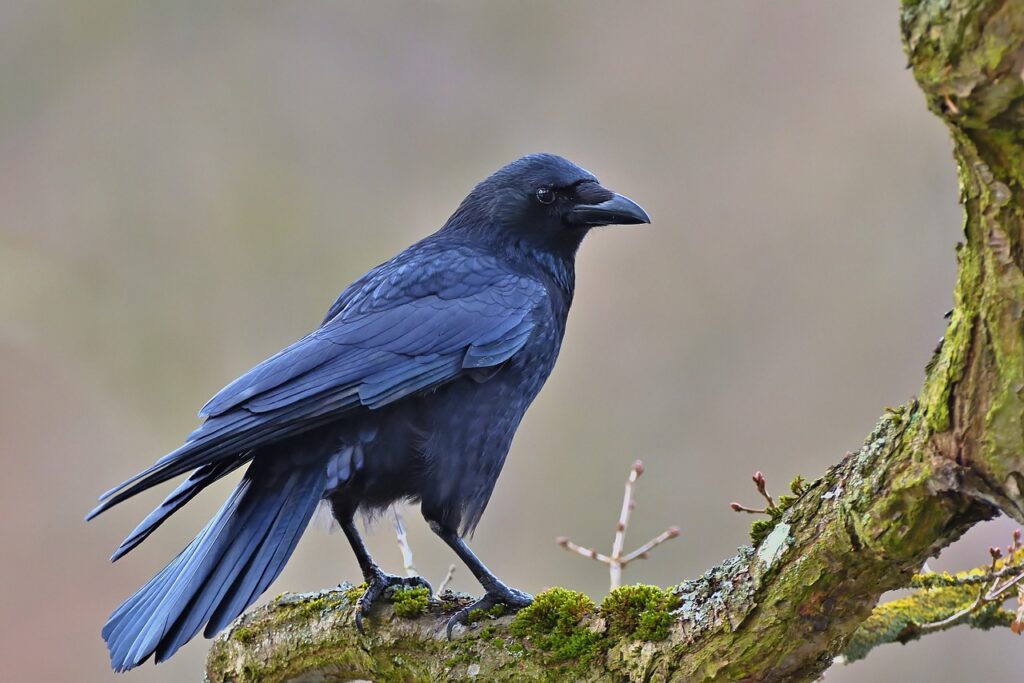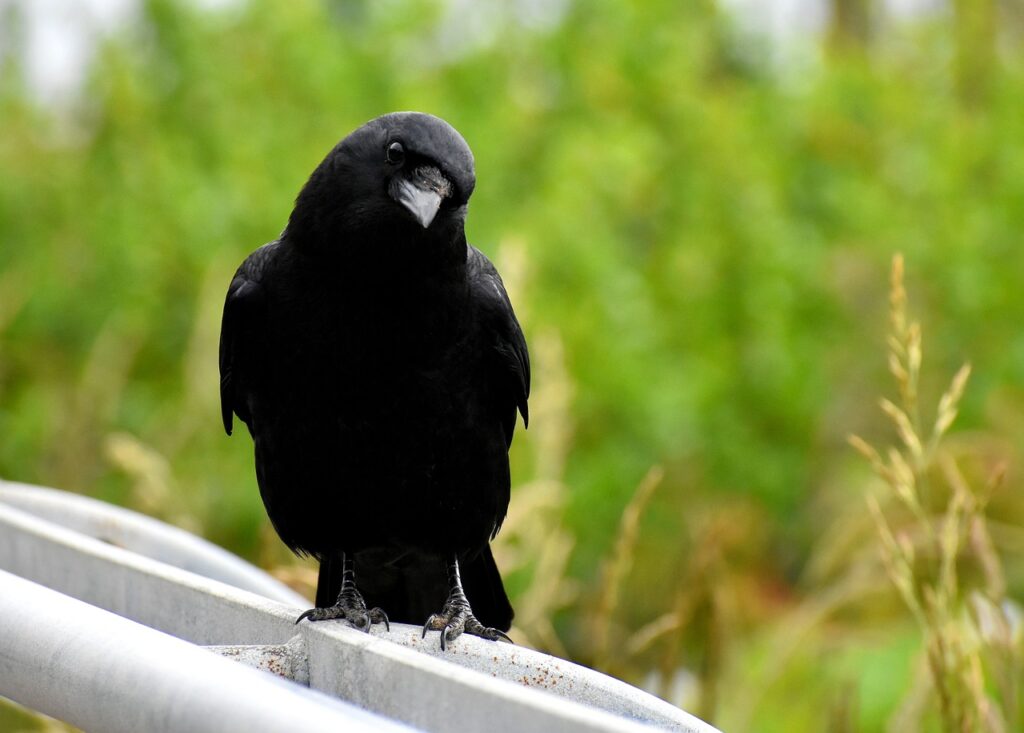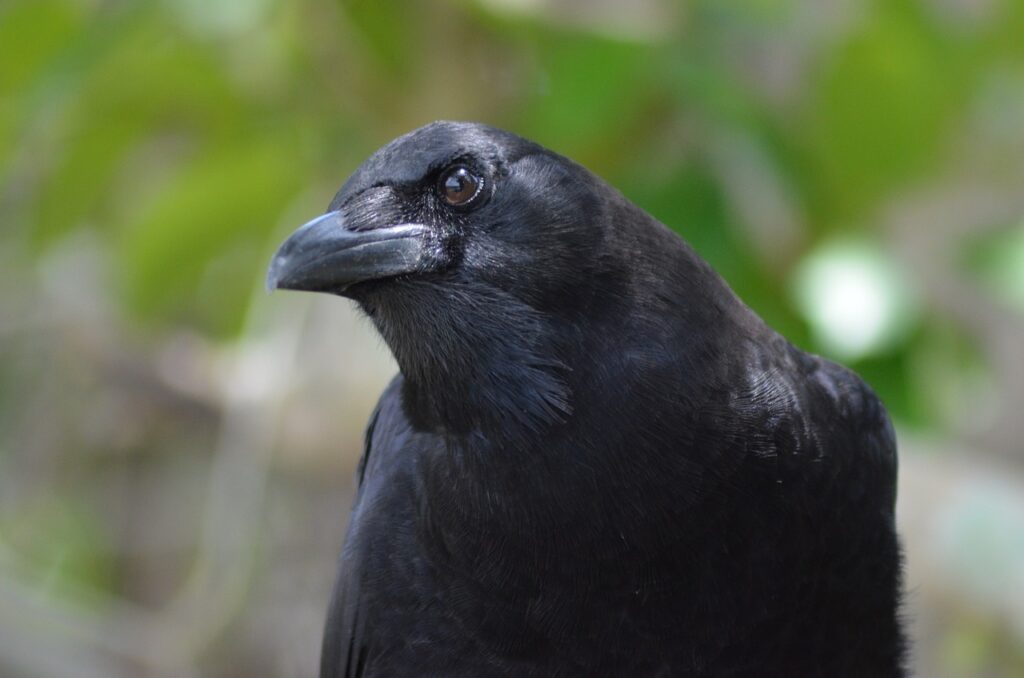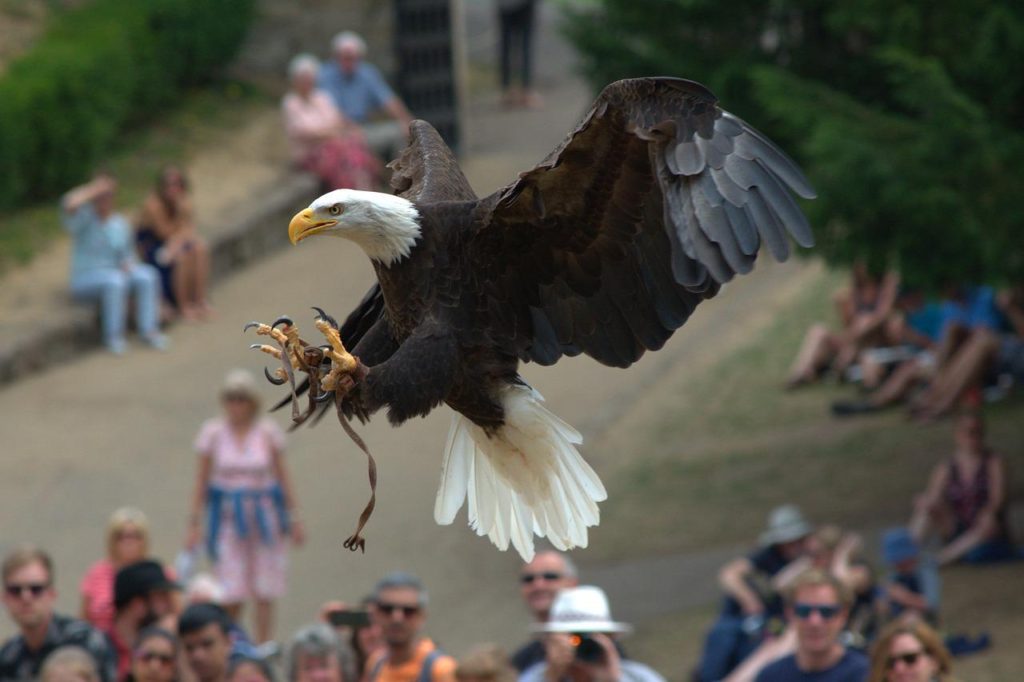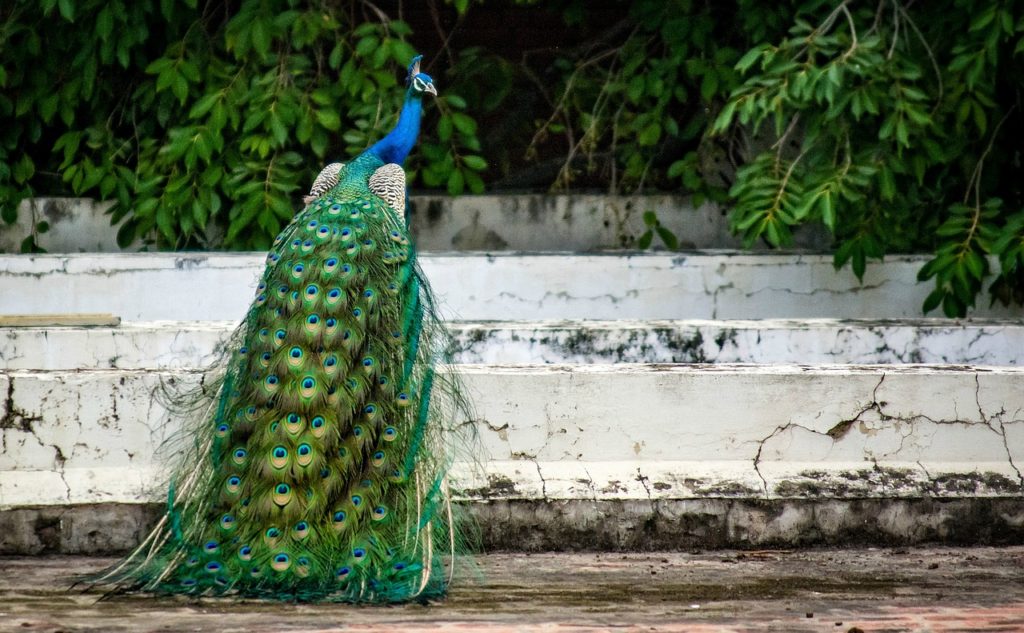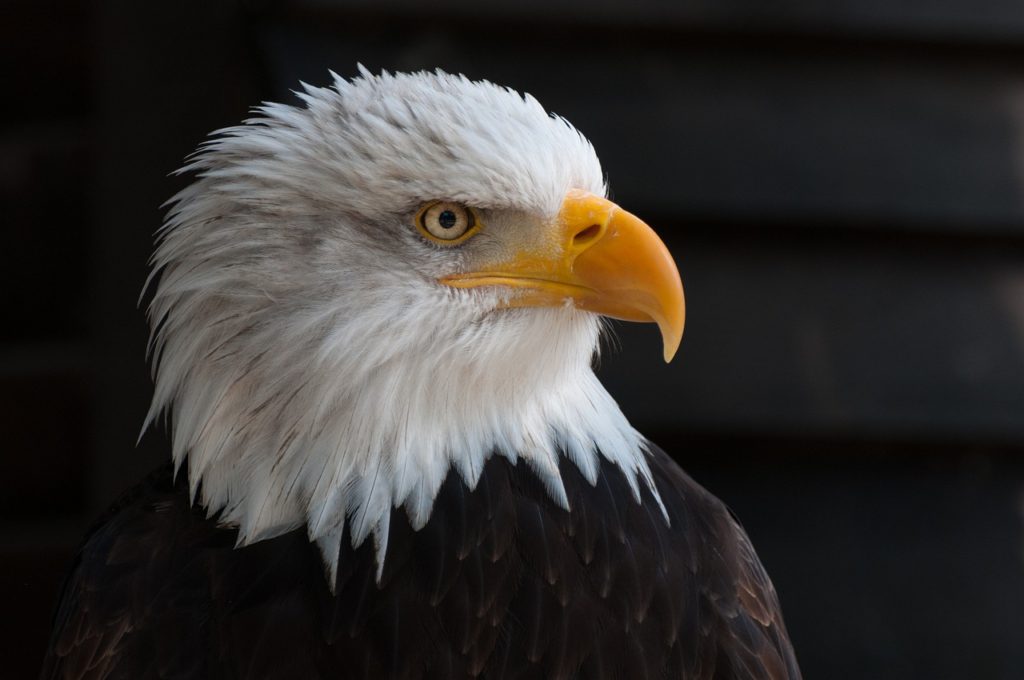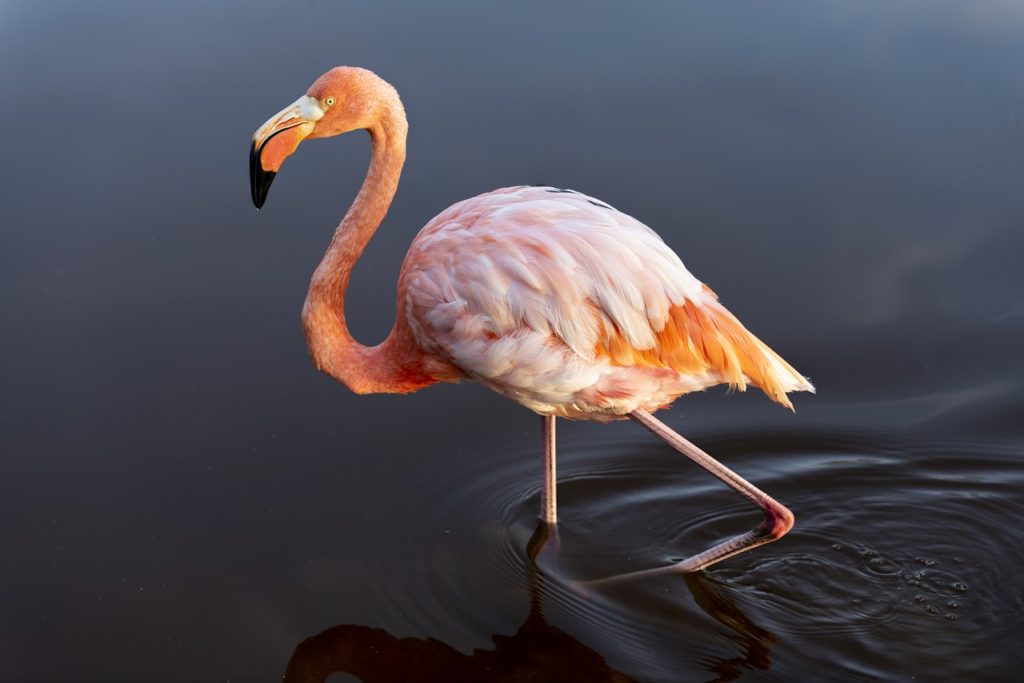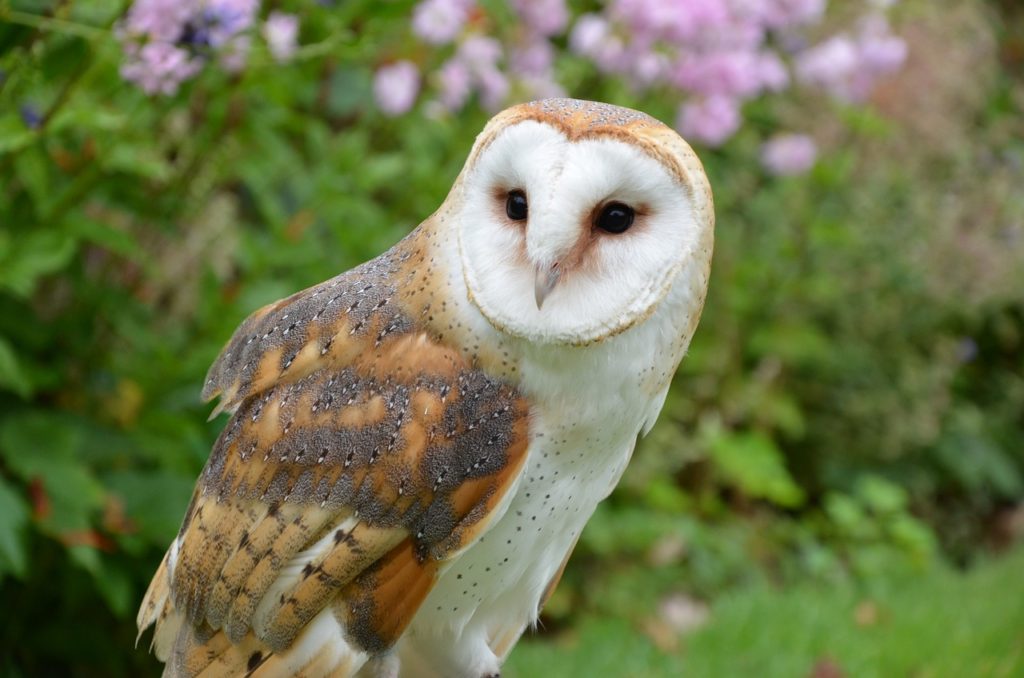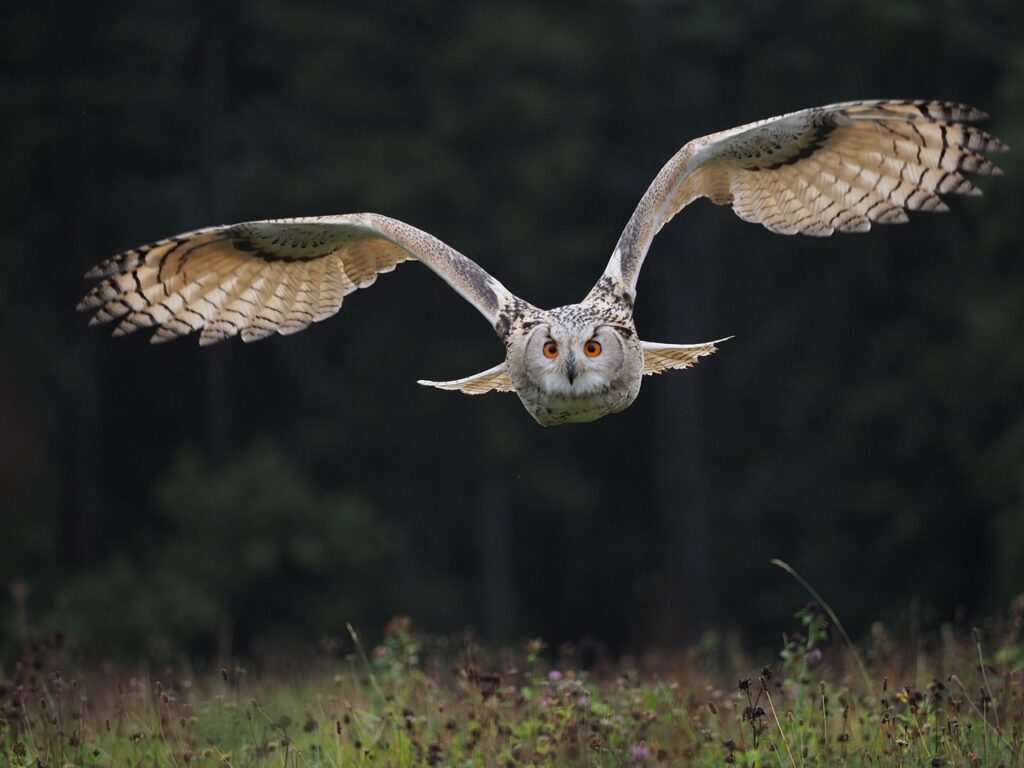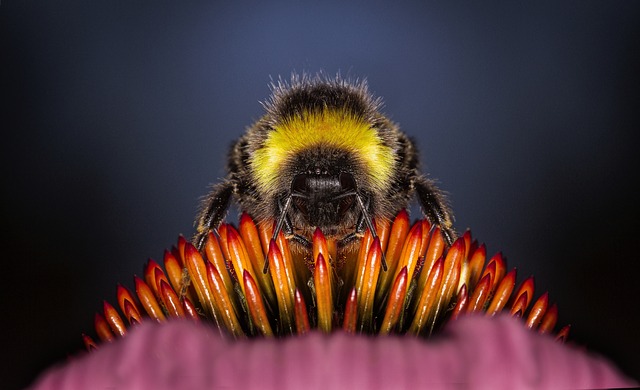
There are many animals that we consider to be pests. However, many of them actually perform critical tasks and help to control the populations of much more devastating species. The following beneficial insects and creatures are ones you’ll want to keep around.
Ladybugs
These are easily one of the most recognizable of all the backyard creatures on this list. Typically they are red or even yellow with black spots. Most people don’t realize that ladybugs are actually predators.
They prefer to eat aphids which can cause serious damage to gardens, trees, and crops. In fact, a single ladybug can eat thousands of aphids during its two to three-year lifespan. They also prey on other harmful garden insects such as red spider mites, mealybugs, and scale insects.
While they can often be found naturally many people actually purchase and release them. By adding these beneficial garden bugs to your yard or garden you can help to control the population of harmful insects without the use of chemical sprays.
Bees
The fact that bees can sting automatically makes most people think of them as backyard pests. Their reputation has also been tainted by the infamous Africanized bee. However, as long as you give them the proper respect, bees will rarely sting other than in self-defense of themselves or their hive.
Bumblebees and honeybees are two species that are not typically aggressive and are also fabulous pollinators. They can help a huge number of plants and flowers to reproduce. Honeybees also produce honey and beeswax that can be collected if you have the right beekeeping setup.
An interesting and helpful trait of bumblebees is that they will actually stay active and keep pollinating in weather which would keep honeybees in their hive. So be sure to think twice about grabbing a can of bug spray when you see these garden-friendly insects buzzing around.
Hoverfly Larvae
Adult hoverflies eat both pollen and nectar. They get their name from the fact that they can hover while doing so. Their larvae on the other hand eat aphids. And a single one will usually eat hundreds before it moves into the next stage of its development.
Lacewing Larvae
Lacewings are known for their intricate wings that look similar in appearance to lace. Similar to hoverflies, lacewings are beneficial garden insects that feed on pollen and nectar. And they also produce larvae that will help to rid your garden of aphids and other tiny insects.
Centipedes
Undoubtedly centipedes are one of the backyard critters that most people despise for their creepy looks. They have long segmented bodies and many legs. However, by allowing centipedes to inhabit your garden or yard these predators will help to get rid of a wide range of pests. Silverfish, roaches, bedbugs, moths, spiders, and more are all on their menu.
Flowerbugs
These are common garden insects UK residents will surely recognize as will those in many European countries. Flowerbugs eat small insects including red spider mites, aphids, and suckers. They are helpful insects in the garden but also for controlling pests on fruit trees.
Toads And Frogs
Both toads and frogs consume a large variety of insects. They also eat slugs along with a range of other smaller-sized pests. If you have a backyard pond it may attract them. While frogs need to stay in the water toads do not. But they both will use it to breed.
Shrews
These are one type of rodent that you may have in the yard and not even know it. That’s because they’re usually nocturnal. Shrews are not nearly as invasive as mice or rats and you’re much less likely to have a problem with them trying to get into your home.
You can tell them apart by their pointy snouts. Despite their small size shrews are voracious eaters. In fact, they need to keep eating to survive. If they don’t they may starve to death in a matter of hours. This can help to a dent in the local slug, insect, and spider population.
As you’ve just learned not all animals which are normally considered to be pests actually are. So the next time you encounter these beneficial garden insects and creatures be sure to leave them be. By doing so you’ll be helping your yard in the long run.
Start Shopping for Garden Pest Deterrents!
Crow Symbolism: Everything You Need To Know
Ever wondered why the crow has captured the imagination of so many cultures throughout history? Let's embark on a fascinating journey through the world of crow symbolism, unraveling its mysteries and discovering its significance across various cultures, religions, and...
Creepy Facts About Crows
Crows are highly intelligent birds that have thrived alongside us humans. However, while they are fascinating creatures, at the same time, there are many things about them that many people find quite unsettling. That being said here as some of the most creepy facts...
Why Are Crows So Loud?
As anyone who has heard their loud "caws," can tell you, crows are very noisy birds. In fact, they are considered one of the loudest of all bird species. But why are crows so loud? Read on to find out. The Importance Of Vocalizations Crows use vocalizations to pass on...
What Smells Do Crows Hate?
Crows can be quite a nuisance. And one natural way to deter them is by using scents that they dislike. But what smells do crows hate? Read on to find out! Pest Crows Crows are often considered to be pests. In agricultural areas, they are well-known for causing crop...
Do Crows Remember Faces?
Crows are known for their intelligence. But do crows remember faces? You bet they do! Here's what you'll want to know. Crow Intelligence Crows are brilliant birds. In fact, their level of intelligence is often compared to that of primates. They are so smart that they...
Why Are Crows Black?
American crows are birds with all-black plumage. But why are crows black? Well, there are several reasons. Read on to find out. Bird Color Basics Birds are some of the most colorful creatures on the planet. And they come in an amazing range of colors from white to...
Are All Crows Black?
When it comes to crows, most people are familiar with the image of a sleek-looking solid black bird. But are all crows black? No, they aren't. Here's what you'll want to know. The American Crow Is Not All Crows The American crow is found throughout most of North...
How Long Do Crows Live?
How long do crows live? That's one of the many questions people ask about these familiar all-black birds. Here's what you'll want to know about the lifespan of crows and what affects it. How Long Do Crows Live In The Wild? In the wild American crows have a lifespan of...
Enemies Of Crows
Crows are a common sight in many parts of the world. However, most of us don't realize that these distinctive jet-black birds face a range of threats even when they are in our own backyards. The following are the main enemies of crows. Natural Predators of Crows One...
Predators of Crows
In many places, crows are such a common sight that it can be easy to forget that they actually have many predators. And being "on the menu," for a range of other animals is actually why these birds are so wary. That being said, here is everything you'll want to know...
Are Crows Territorial?
Are crows territorial? The answer is yes. However, just how territorial they are can depend on several factors. Here’s what you’ll need to know. Territoriality In Birds Territoriality is the behavioral trait of defending and maintaining a specific area territory...
What Eats Crows?
Crows are large and highly intelligent birds that eat a wide variety of foods including many other animals. So, what eats crows? Here are the most common crow predators and what you’ll want to know about them. Birds Of Prey The birds of prey are a group of predatory...
Are Crows Friendly?
Crows are commonly seen, and heard, in close proximity to us in our towns and cities. But are crows friendly? The answer may surprise you. Crows Are Highly Social Birds Crows are social birds that live in family groups. And they are well known for forming close bonds...
Do Crows Mate For Life?
Do crows mate for life? Yes, they do. And this behavior is highly advantageous to them. Here's what you'll want to know. How Do Crows Attract A Mate? Crows are social birds; most of the year, they live in small family groups. During the breeding season, however,...
Birds With Talons
All birds have claws. However, only a few types have the scary-looking and dagger-sharp claws called, “talons”. So here are the birds with talons and what you’ll want to know about each of them. What Are Talons? Talons are the claws of a group of predatory birds known...
Birds With Tails
Just like birds themselves, birds’ tails come in a wide range of shapes and sizes. And some tails of course are more interesting and remarkable than others. The following are birds with tails that never fail to impress! Long-Tailed Tit The long-tailed tit, also known...
Birds With White Heads
There's no doubt about it, birds with white heads really stand out. From small to large they are quite a unique bunch. So here are some of the most fascinating white-headed birds and what you'll want to know about them White-Headed Vulture The white-headed vulture is...
Birds That Look Like Flamingos
Flamingos are wading birds with long necks and legs. These social birds live in groups and have strongly hooked downward-facing beaks which they use to feed on shrimp and other small water creatures. And they are famous for their stunning pink color. With such a...
How To Attract Owls To Your Yard
Owls are nocturnal birds of prey that can be extremely helpful when it comes to controlling rodent populations in a natural way. That is of course if you can attract them to your property by creating an owl-friendly habitat. So keep reading to find out how to attract...
How To Get Rid Of Owls In Your Yard
While owls are amazing creatures and can help to function as natural pest control, they are not a bird everyone wants on their property. Fortunately, when it comes to how to get rid of owls in your yard there are quite a few things you can do to deter them. Here’s...
